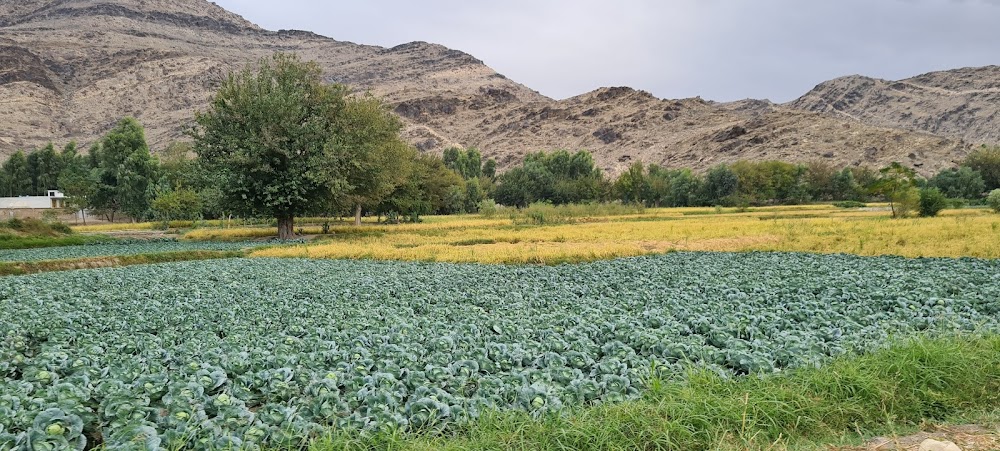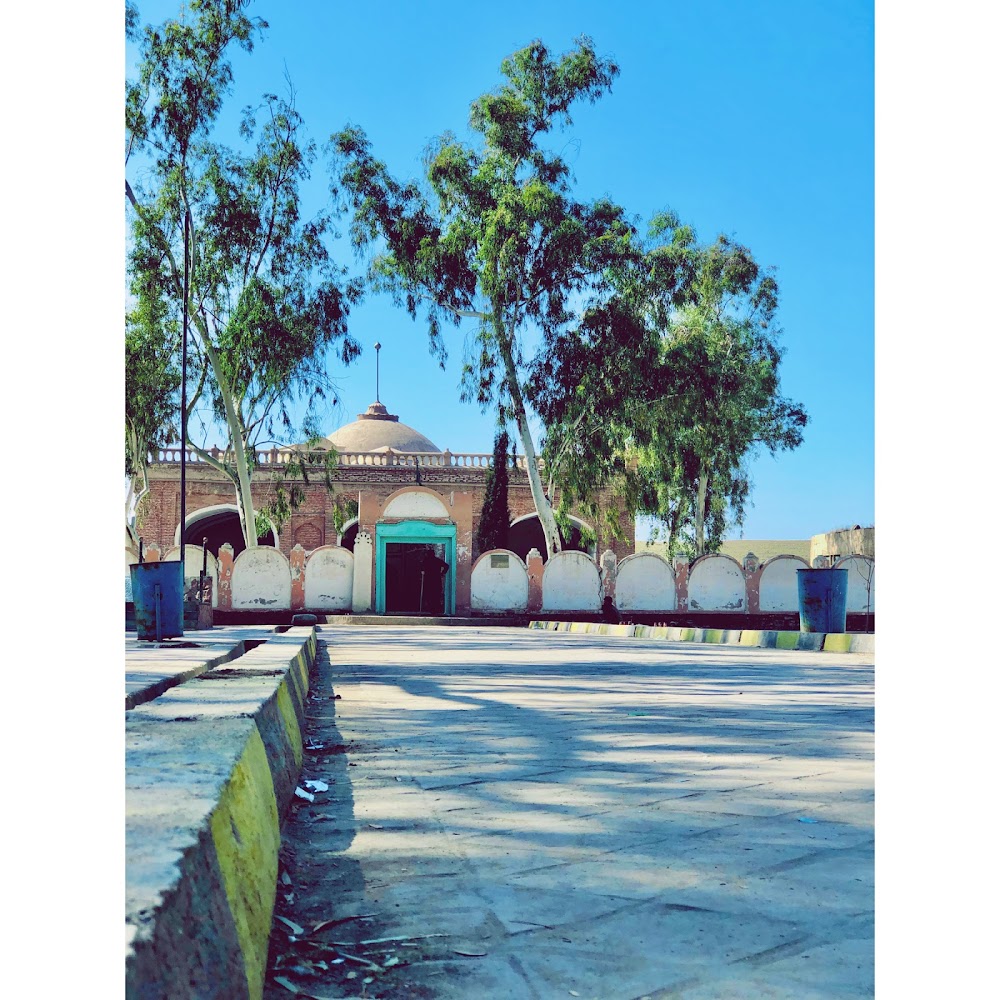Laghman Minaret (لغمان مینار)
Overview
In the tranquil landscapes of Laghman province, Afghanistan, lies the magnificent **Sultan Ghazi Baba Mosque**, often referred to as the **Laghman Minaret**. This architectural gem has been a cornerstone of the region for generations, representing the rich cultural heritage and resilient spirit of the local community.
According to local historians and elders, the mosque's origins trace back several centuries. Named in honor of **Sultan Ghazi Baba**, a revered leader and spiritual figure in Afghan history, this structure reflects his commitment to fostering unity among diverse tribes and promoting religious education. Sultan Ghazi Baba’s vision laid the groundwork for a significant center of worship and learning.
The construction of the mosque is believed to have commenced under the guidance of Sultan Ghazi Baba himself, attracting artisans and craftsmen from various regions. Locally sourced materials, including bricks made from the region's rich clay and timber from nearby forests, were utilized extensively. The mosque’s design beautifully marries classical Islamic architectural elements with unique local influences, creating an impressive structure that resonates with history.
One of the most striking elements of the Sultan Ghazi Baba Mosque is its towering minaret, known as the **Laghman Minaret**. Soaring against the backdrop of the majestic **Hindu Kush mountains**, the minaret features intricate geometric patterns and calligraphy, showcasing the exceptional craftsmanship of the artisans. Beyond serving as a beacon for the call to prayer, the minaret symbolizes spiritual aspiration, guiding the faithful towards higher ideals.
Legend has it that the mosque’s foundation was laid during a period of great prosperity. Sultan Ghazi Baba foresaw the necessity of a central place for worship and education, leading to the establishment of a **madrasa** (Islamic school) within the mosque. This madrasa became a hub for Islamic learning, attracting scholars and students from across Afghanistan and beyond. Its teachings spanned various subjects, from theology to philosophy, fostering intellectual and spiritual growth.
Over the years, the **Sultan Ghazi Baba Mosque** has witnessed numerous historical events, enduring the trials of evolving regimes, social upheavals, and natural calamities. Each generation has taken it upon themselves to preserve and restore the mosque, ensuring that its sanctity and structural integrity remain intact.
In the late 20th century, during periods of conflict, the mosque suffered damage. However, the community's resilience shone through as restoration efforts began once peace returned to the region. Collaborations between international organizations and local authorities helped repair the damages, revitalizing this ancient structure to stand as a testament to the region's cultural and religious heritage.
Modern restoration efforts have honored traditional techniques, with skilled artisans, familiar with the original methods, meticulously working on the delicate carvings of the minaret and the ornate walls of the mosque. The integration of modern technology with ancient craftsmanship has ensured that the mosque retains its historical essence while adhering to contemporary safety standards.
Today, the **Sultan Ghazi Baba Mosque** remains a vibrant place of worship and community gathering. The call to prayer from the Laghman Minaret resonates through the daily lives of the local people, fostering unity and peace. The mosque inspires younger generations, instilling pride in their heritage and serving as a constant reminder of the enduring legacy of Sultan Ghazi Baba and the countless individuals who contributed to its creation and preservation.
Visitors from afar are often captivated by the mosque's architectural beauty and the serene ambiance that envelops it. The **Sultan Ghazi Baba Mosque** in Laghman stands not only as a place of religious significance but also as a symbol of the region's historical resilience, cultural richness, and the unyielding spirit of its people.




